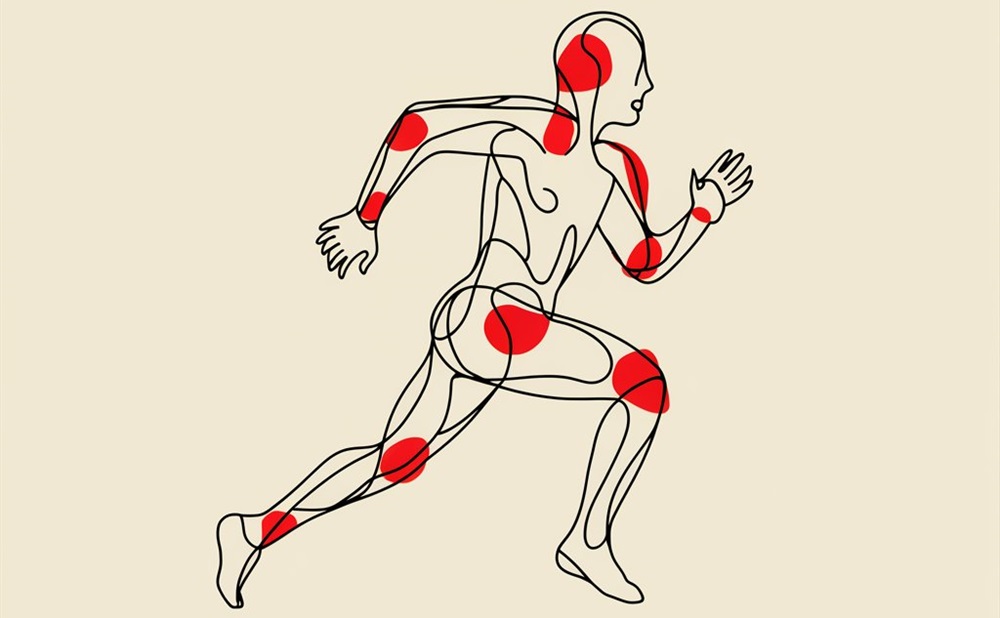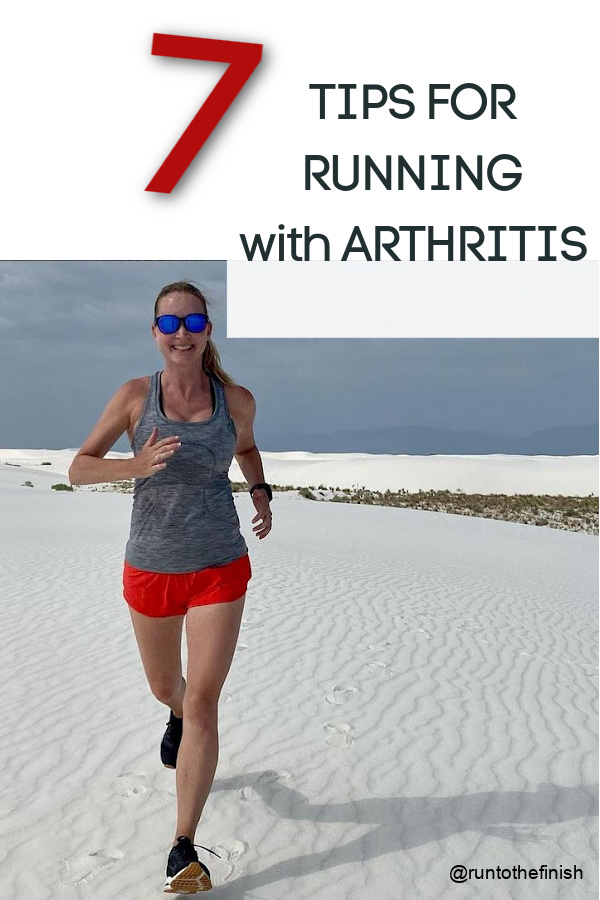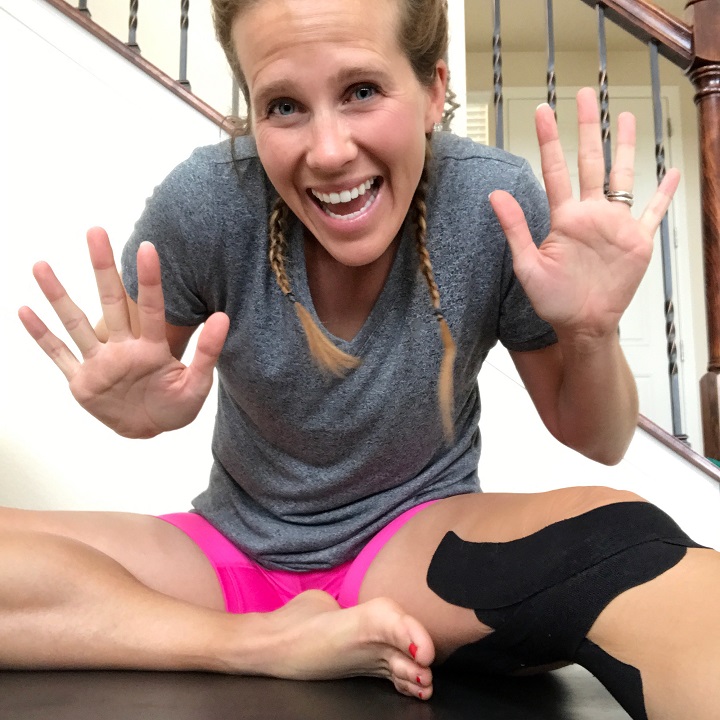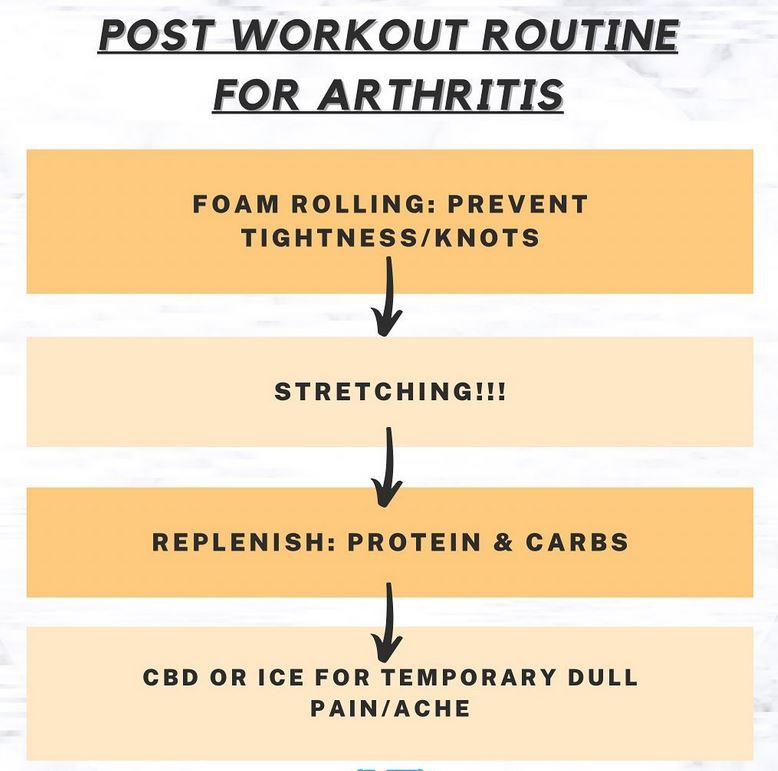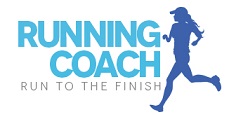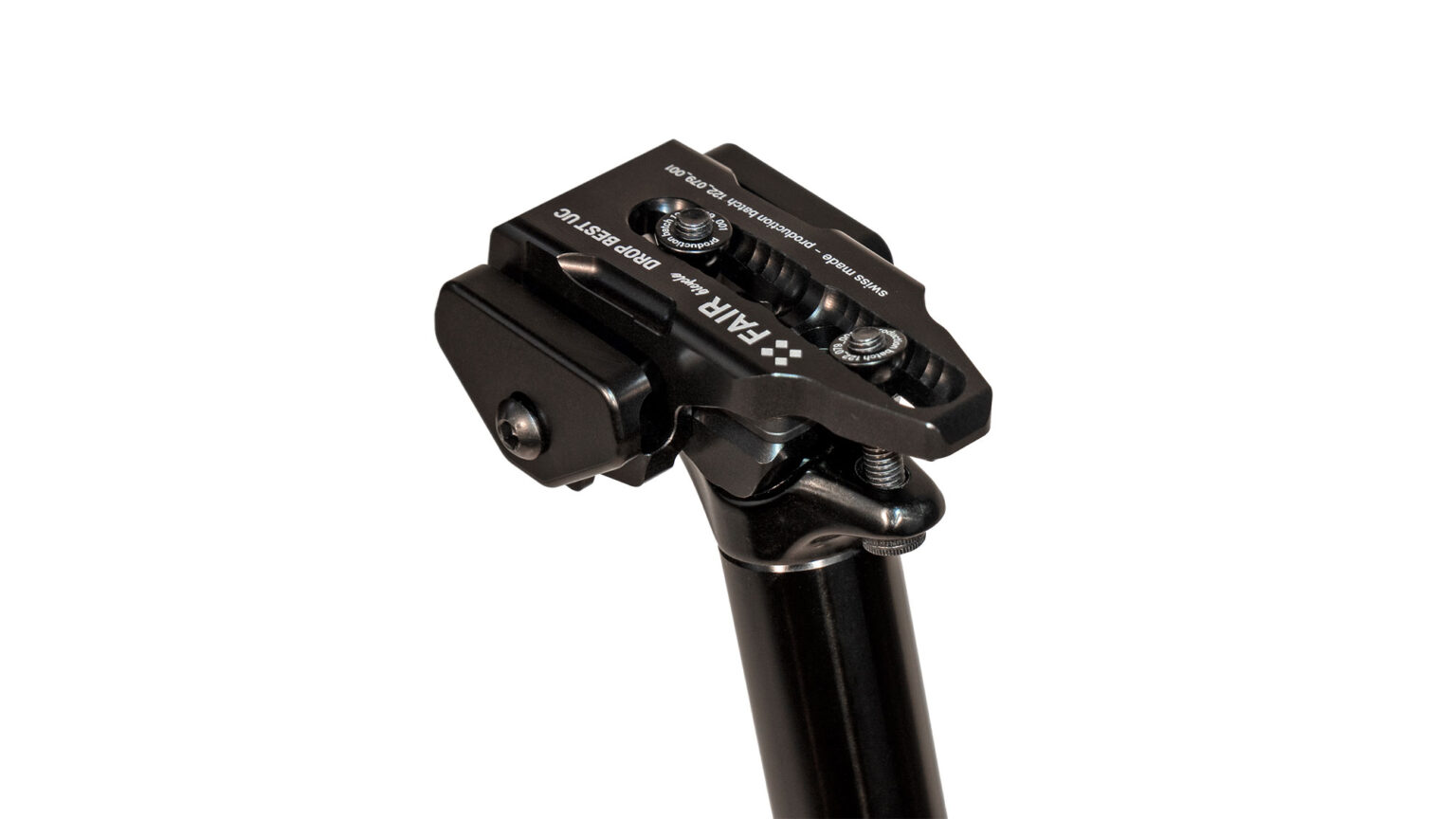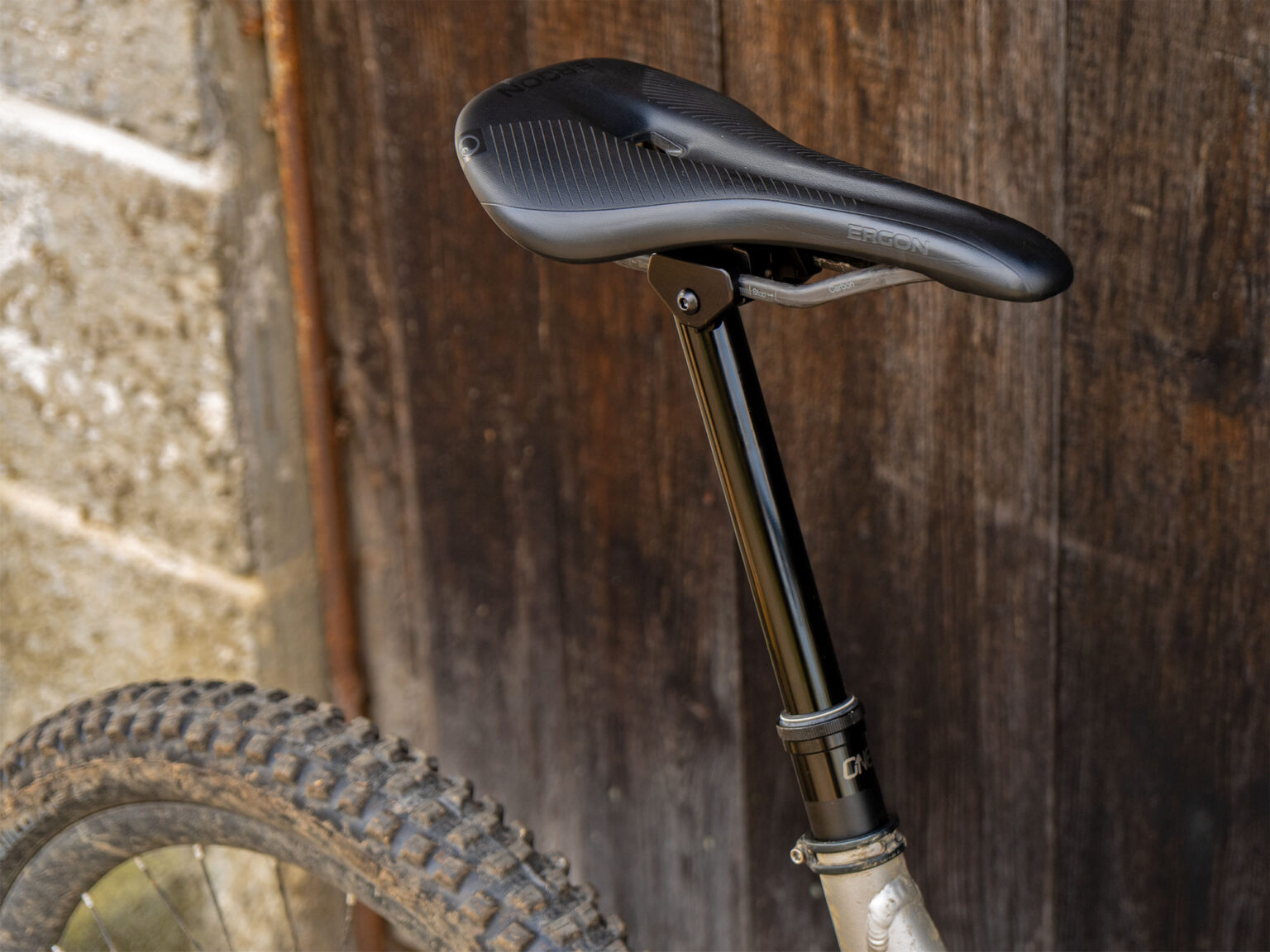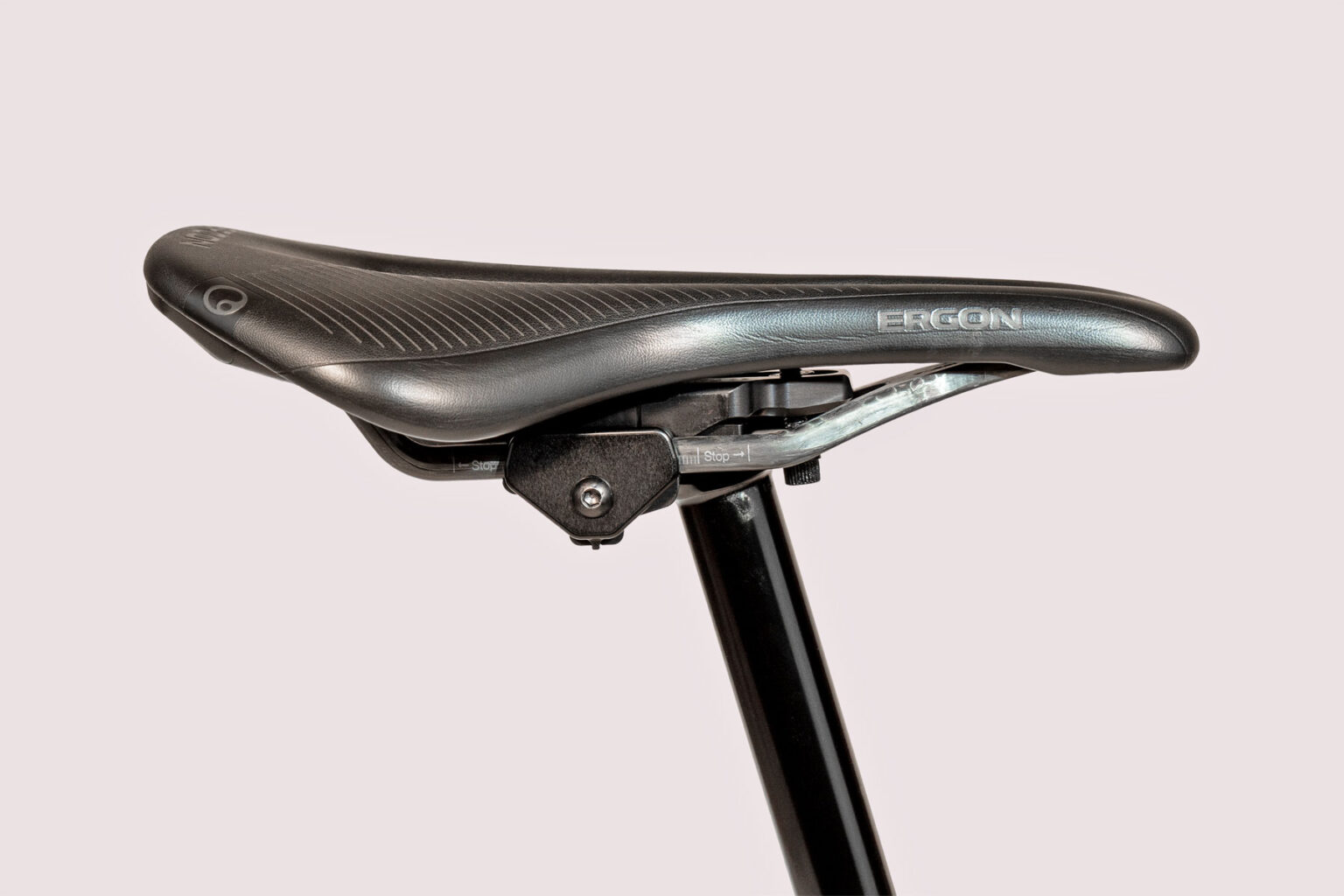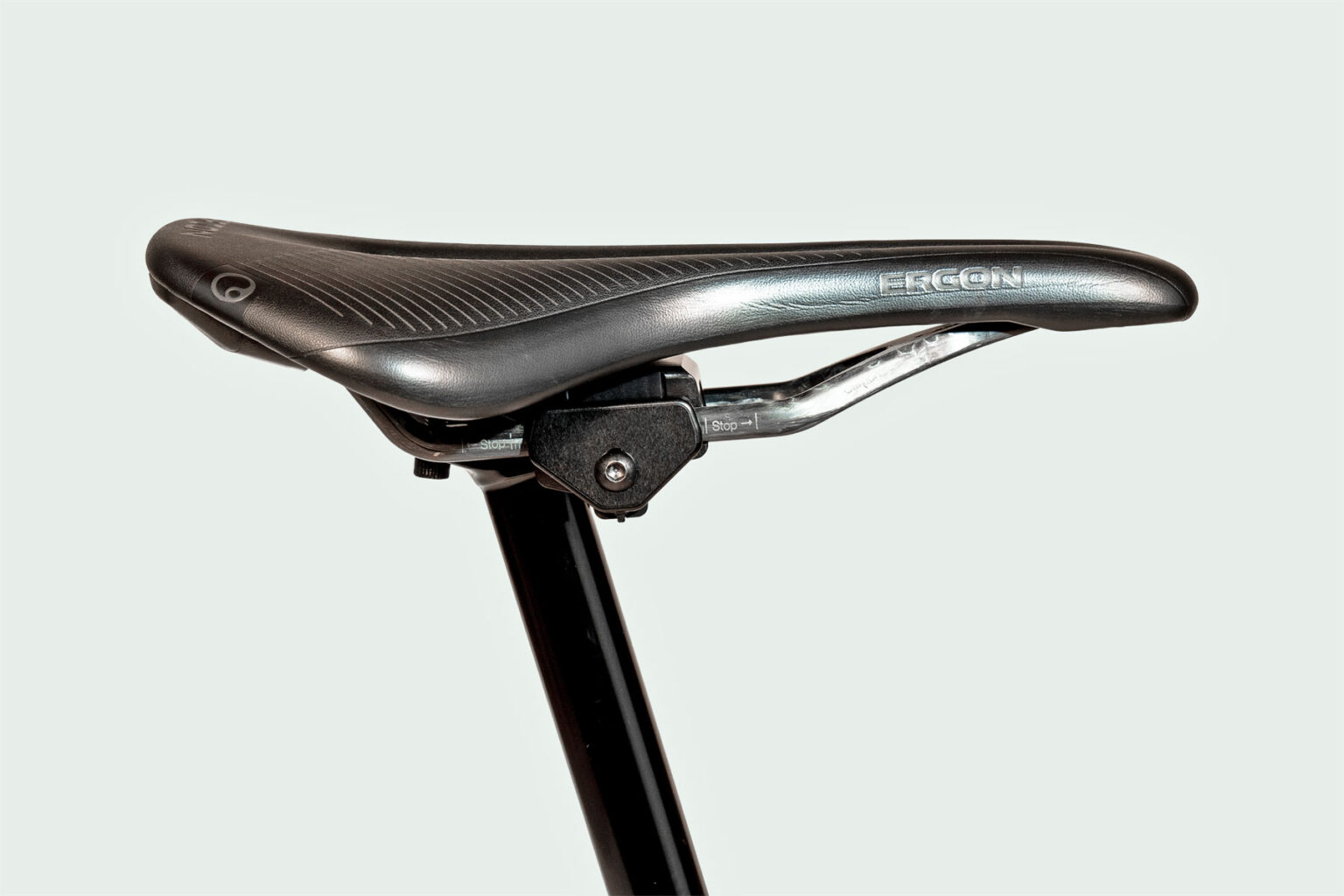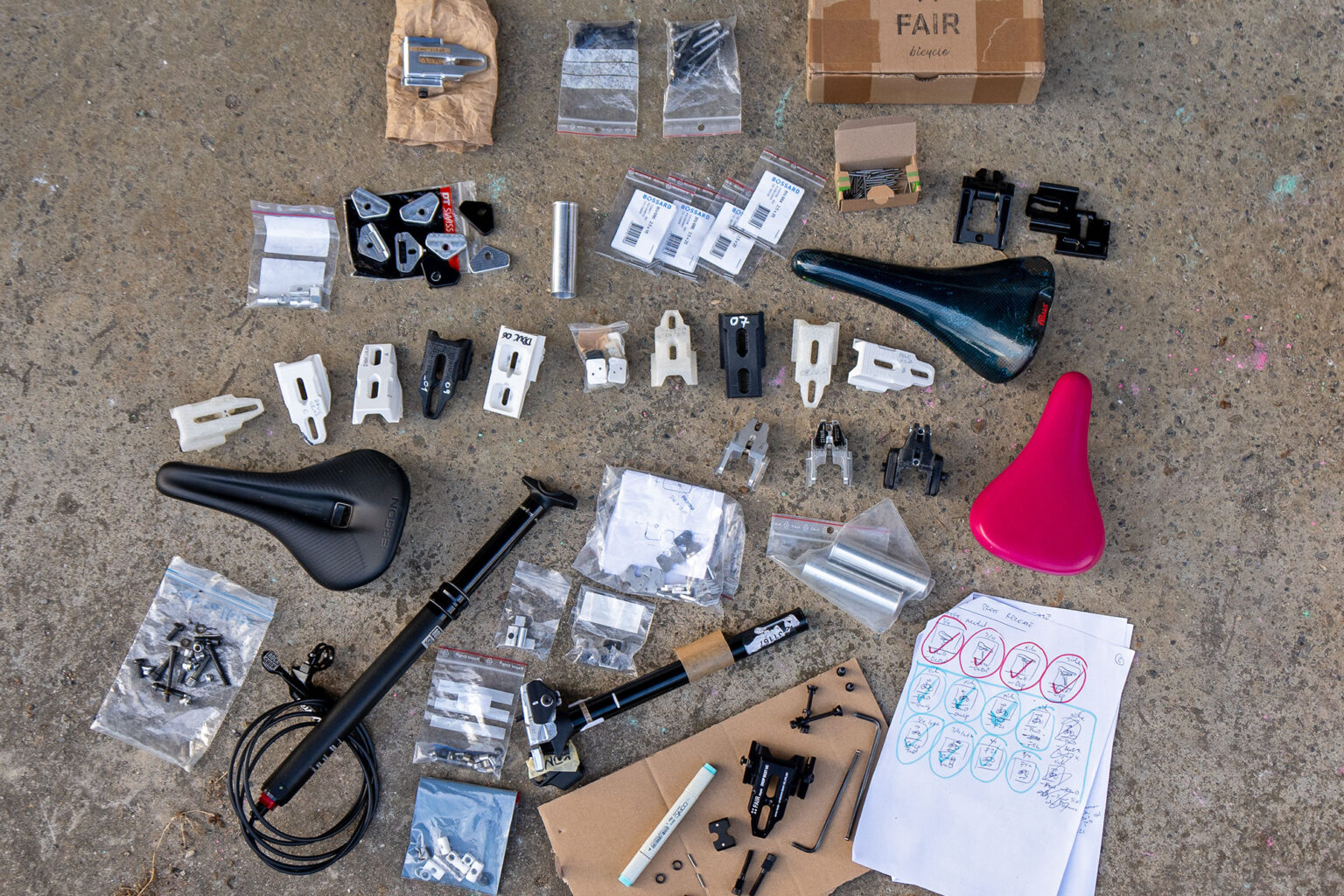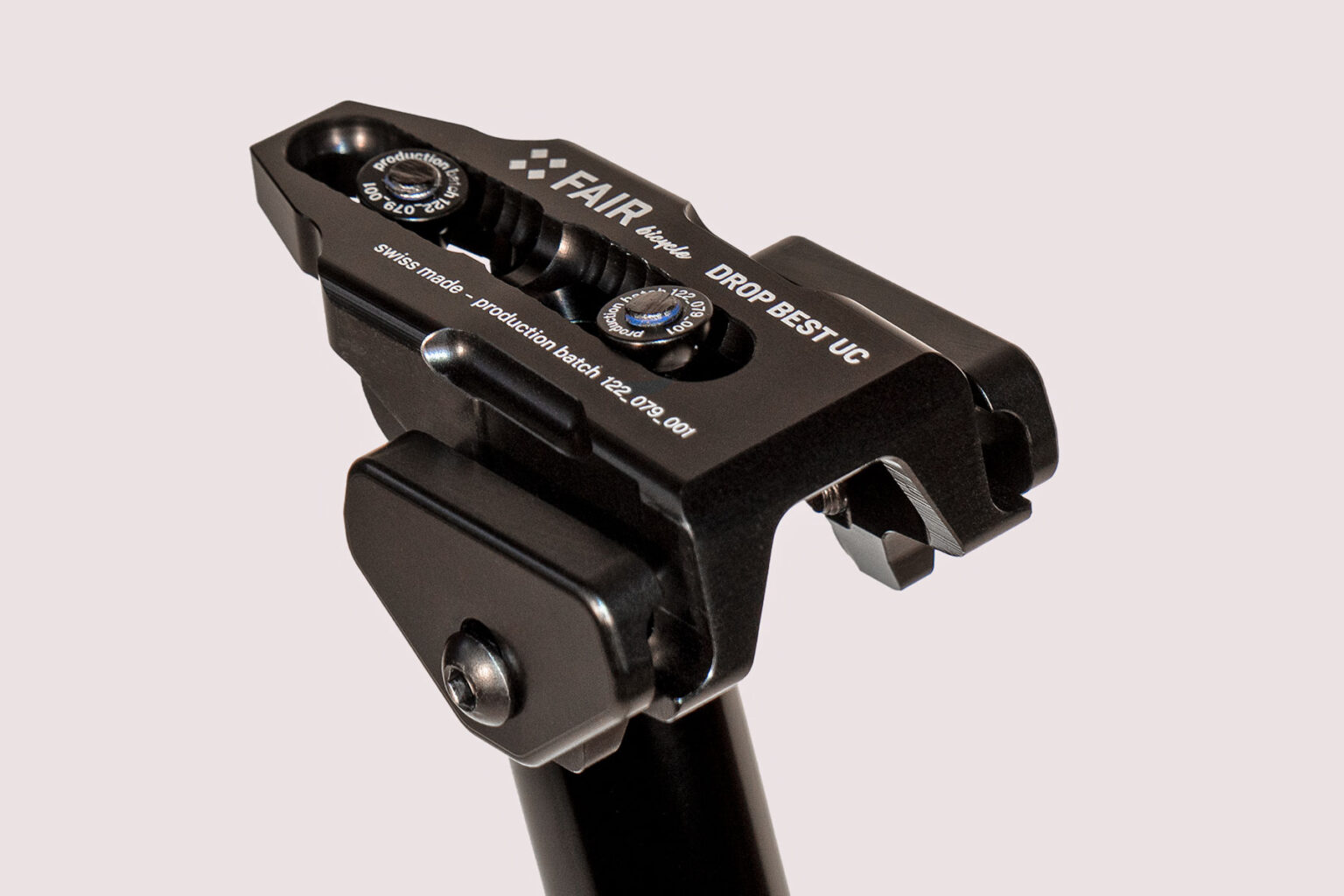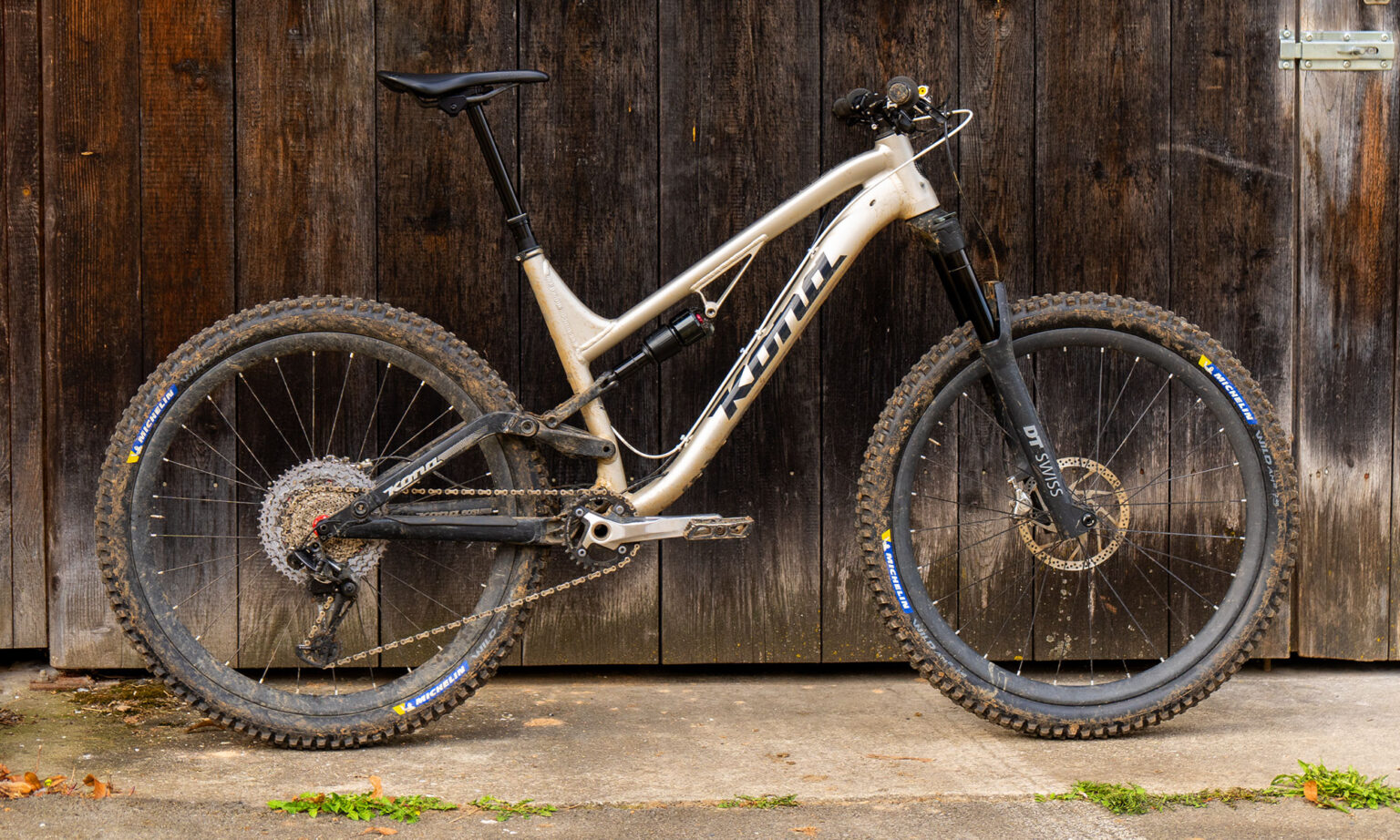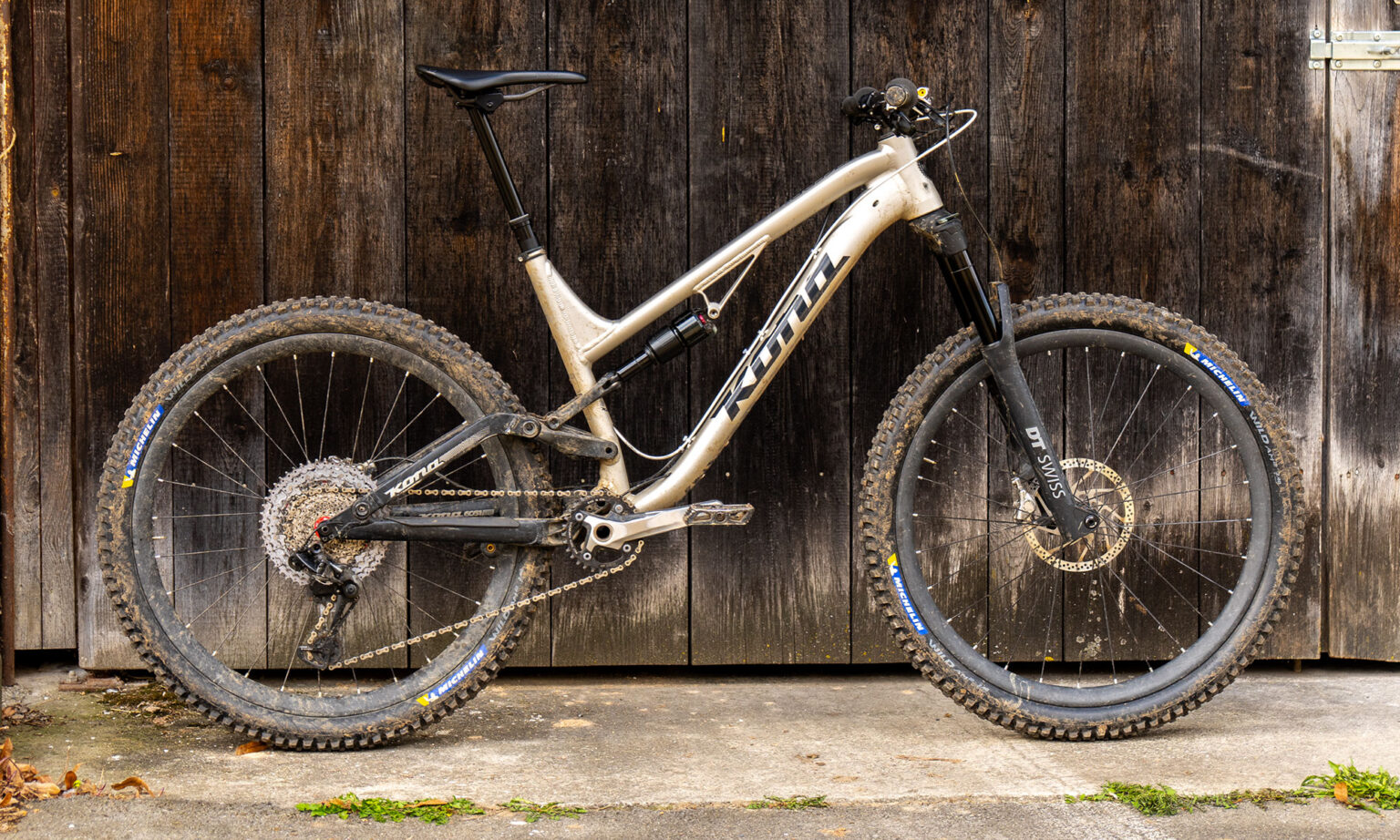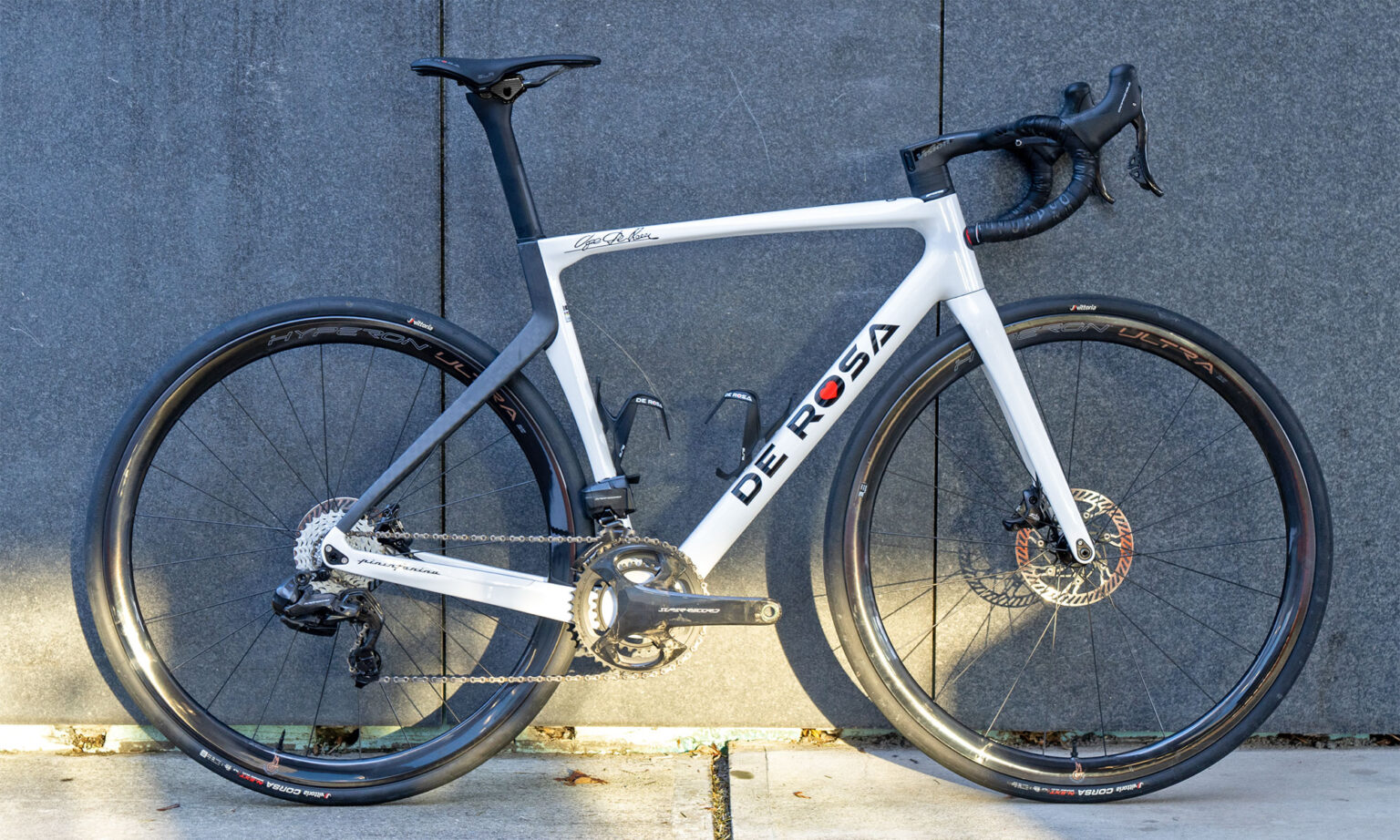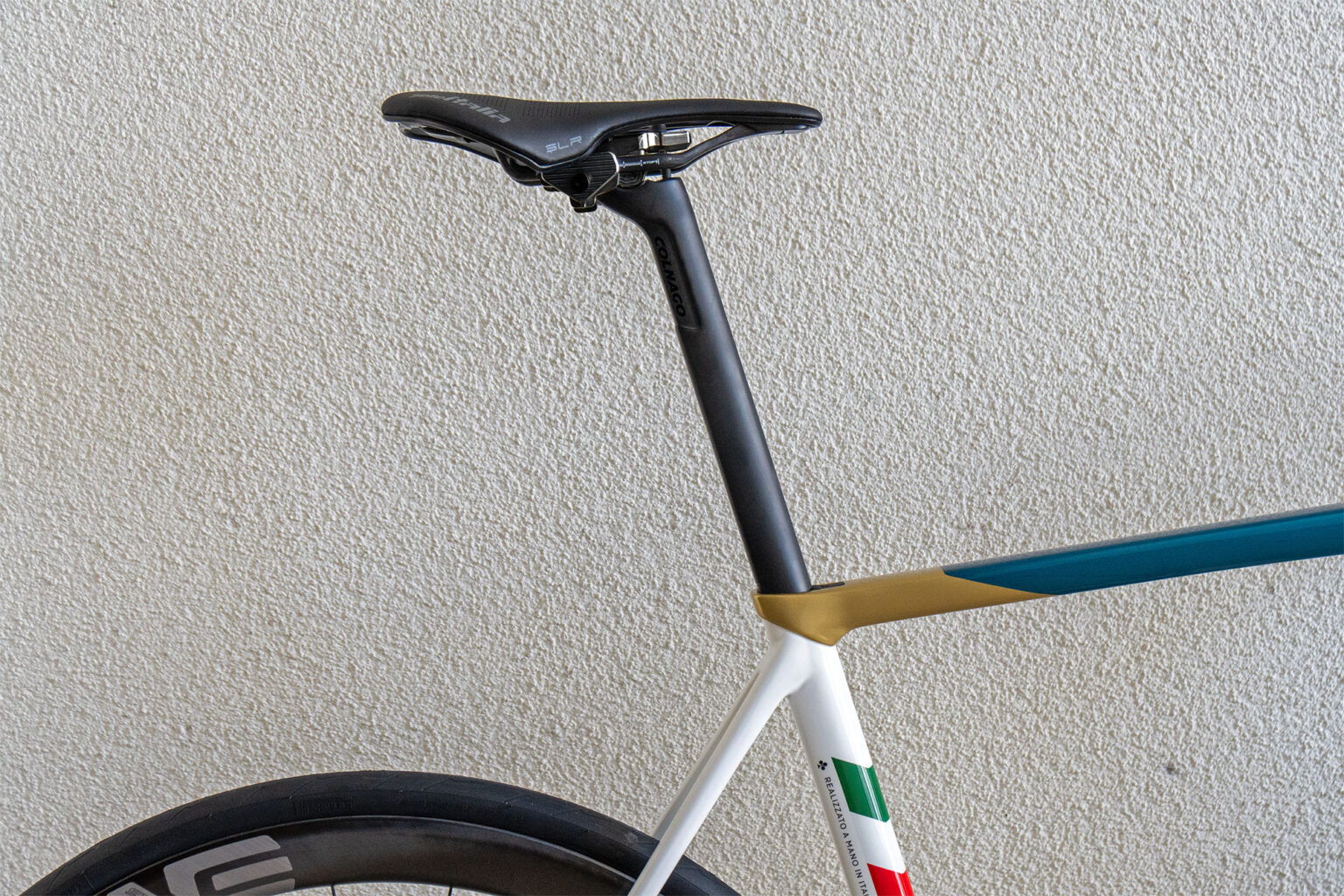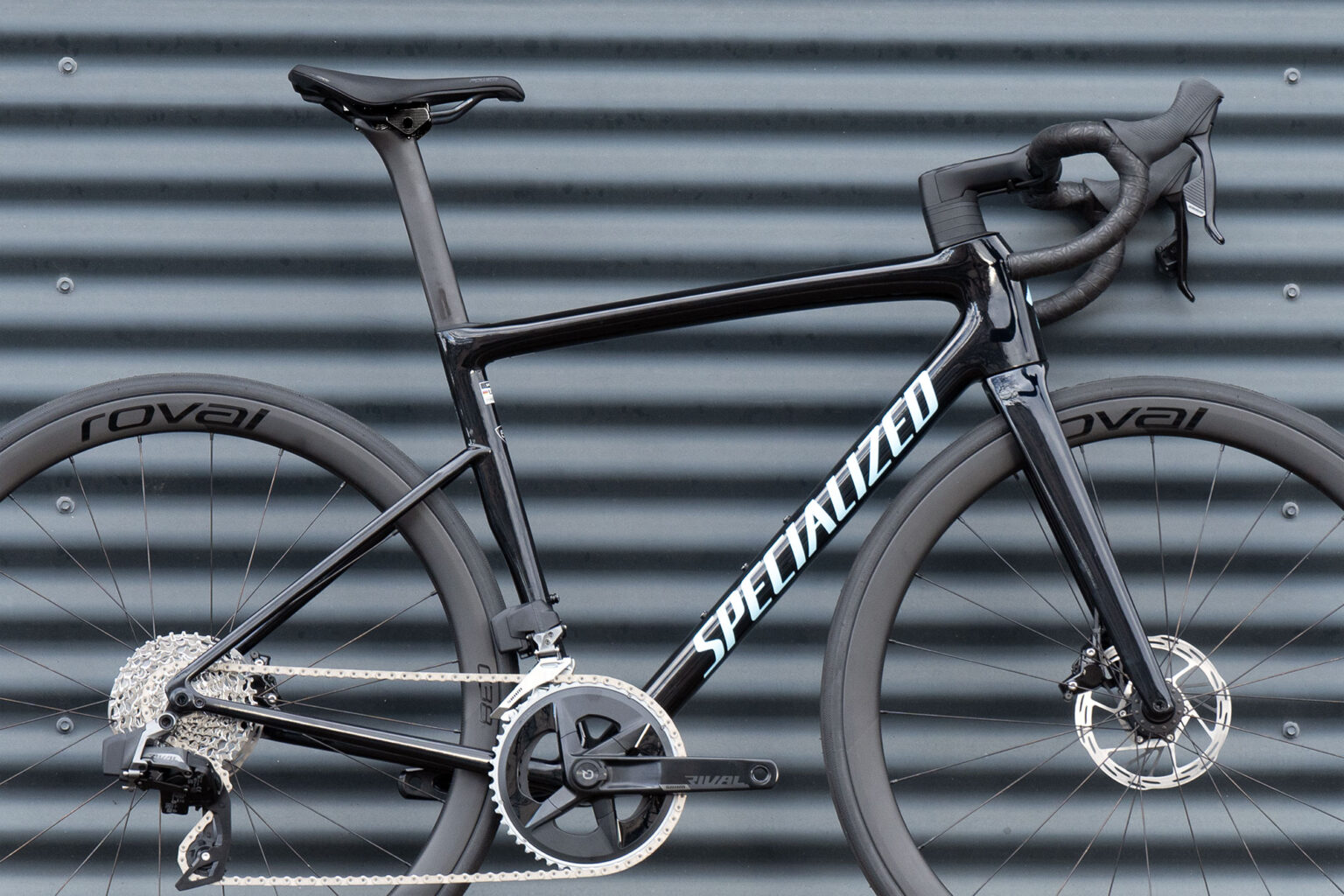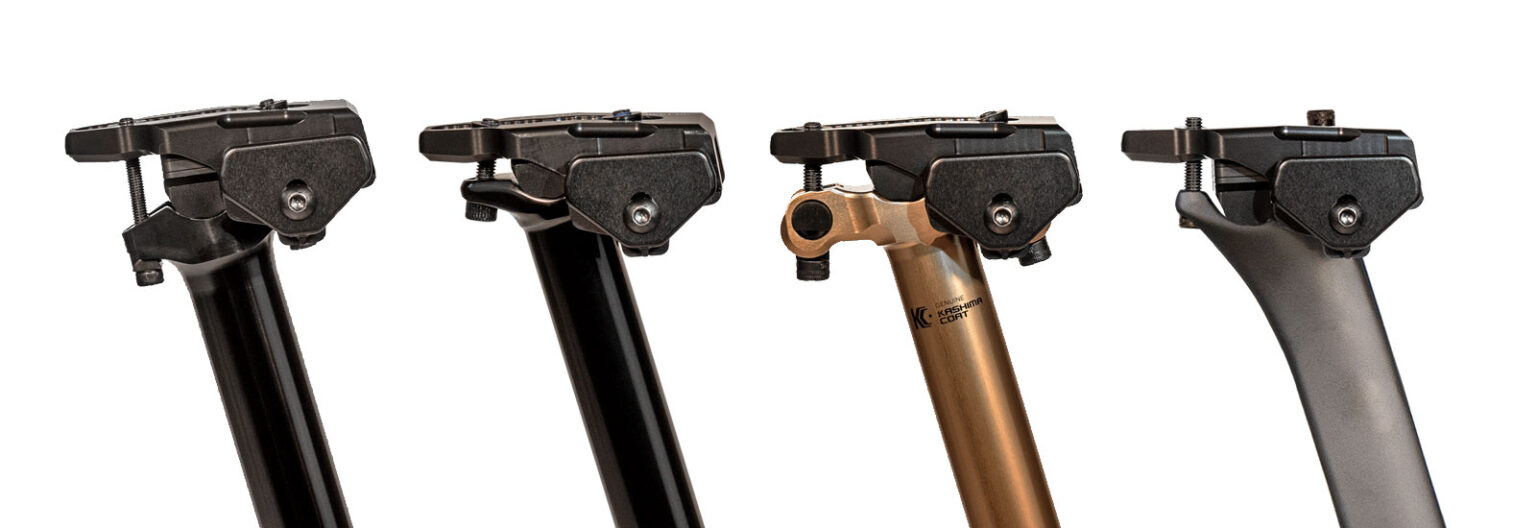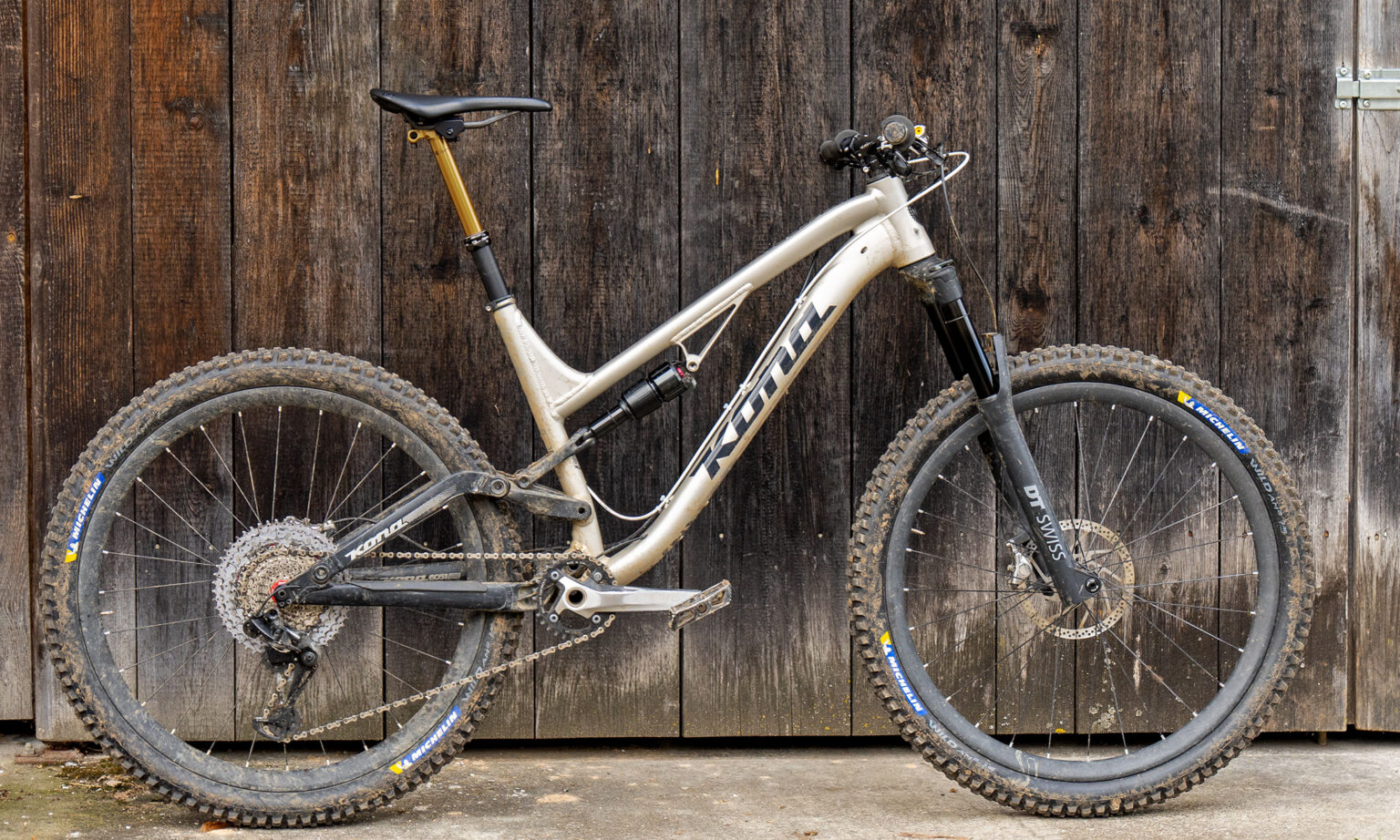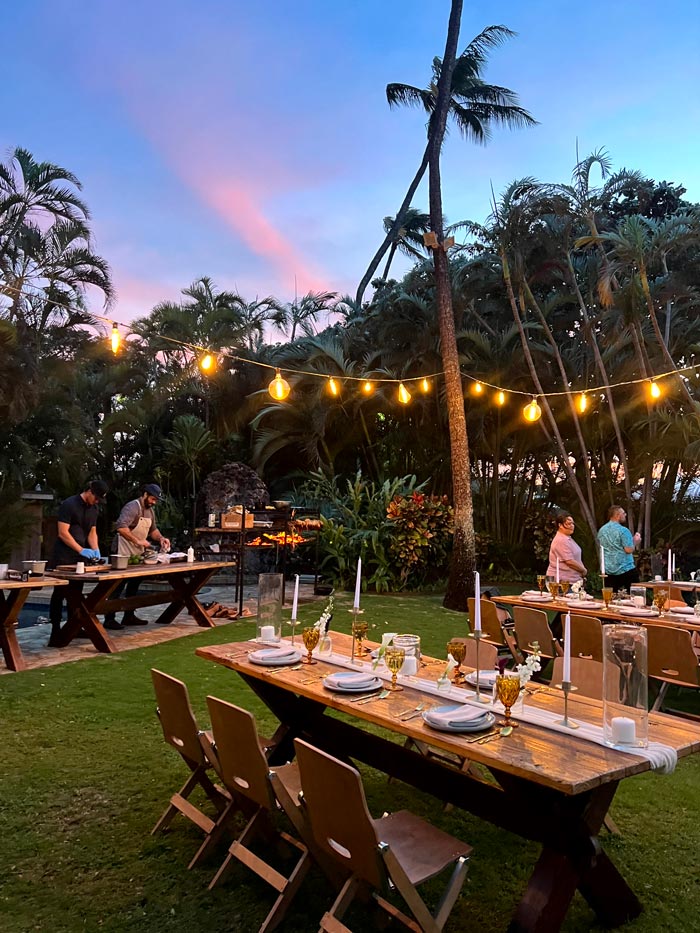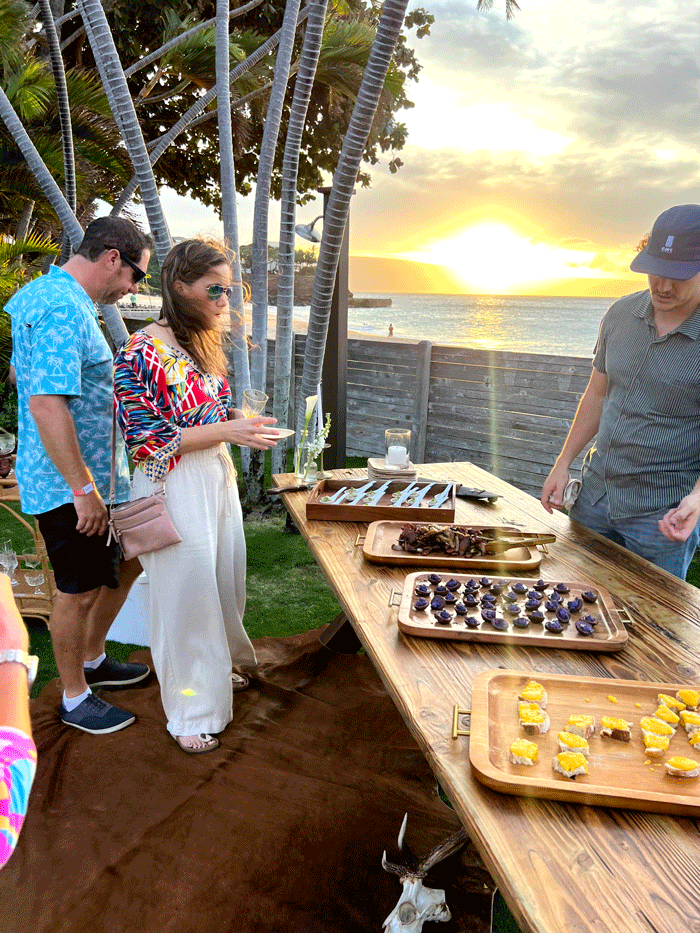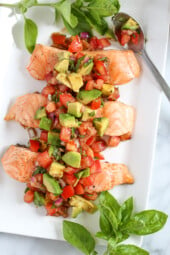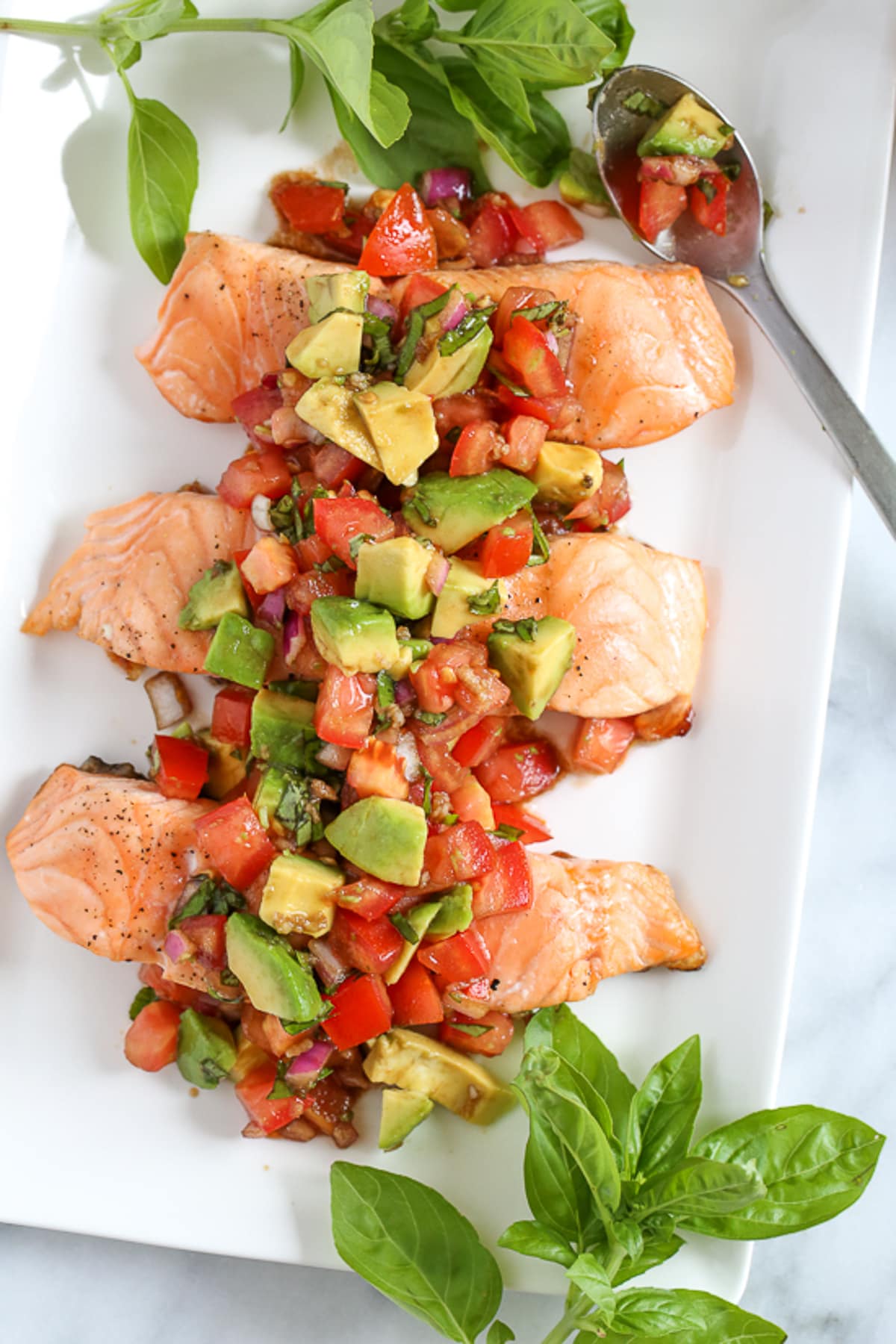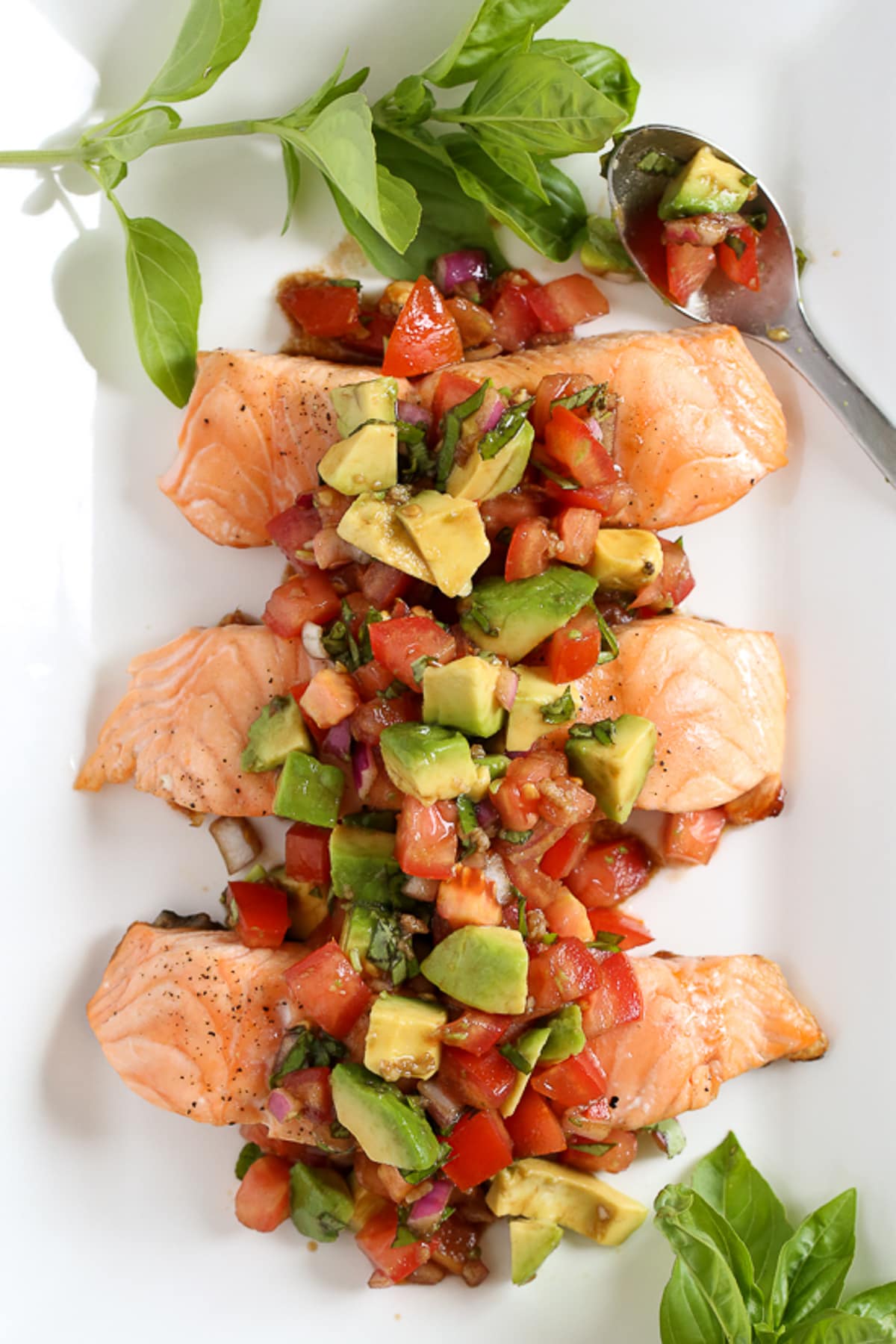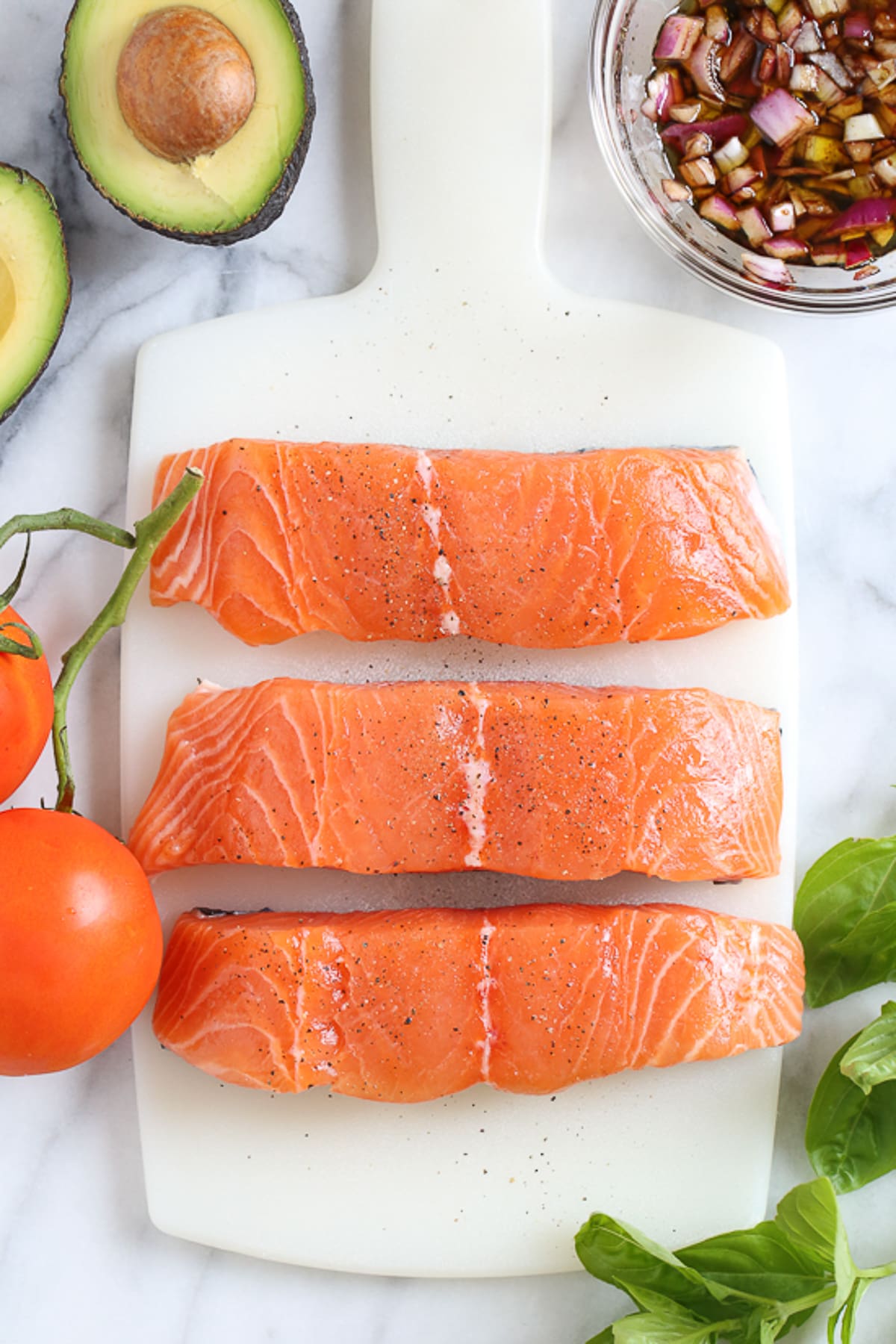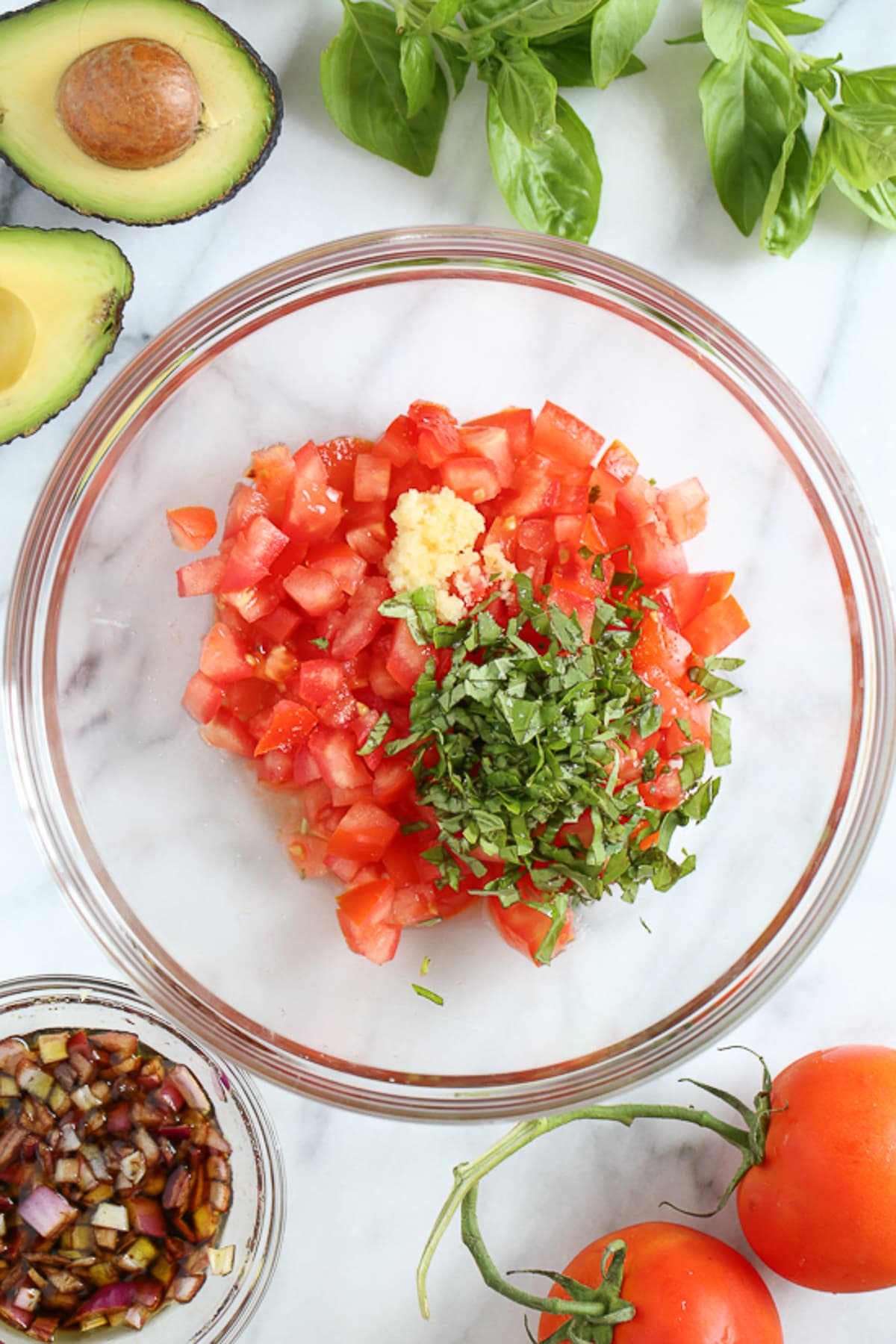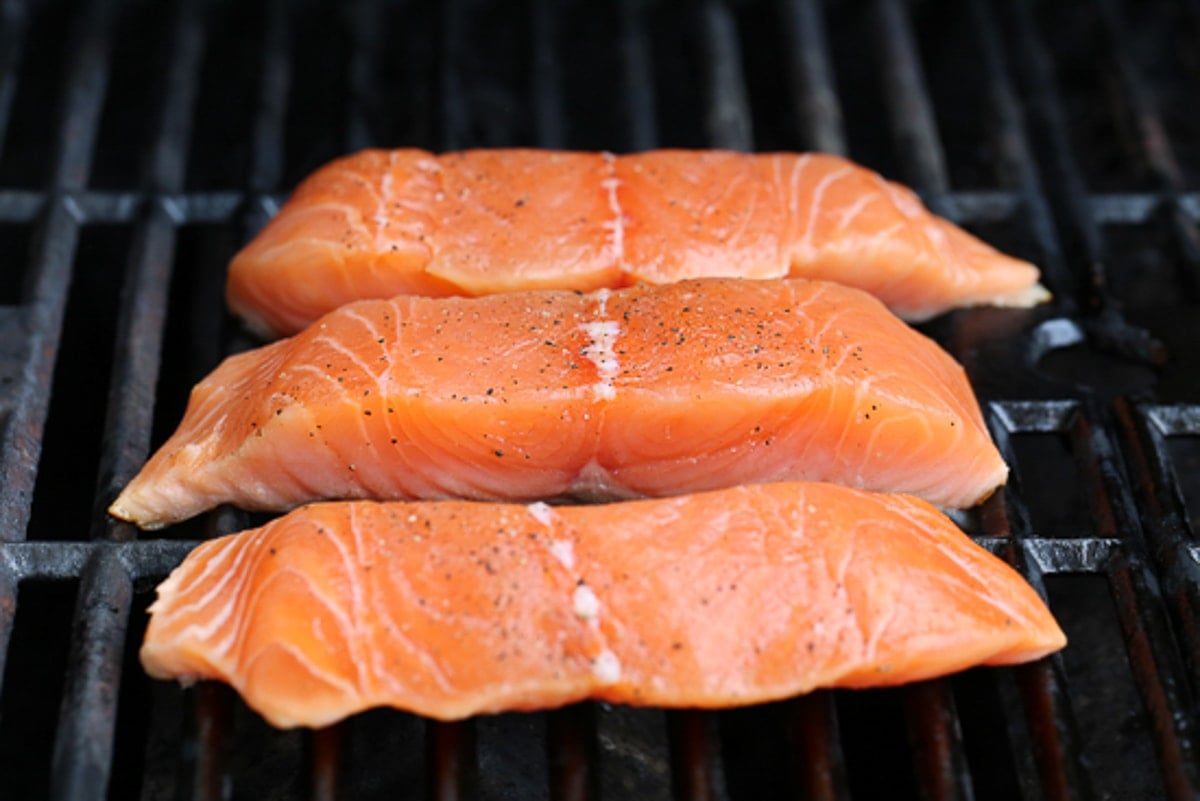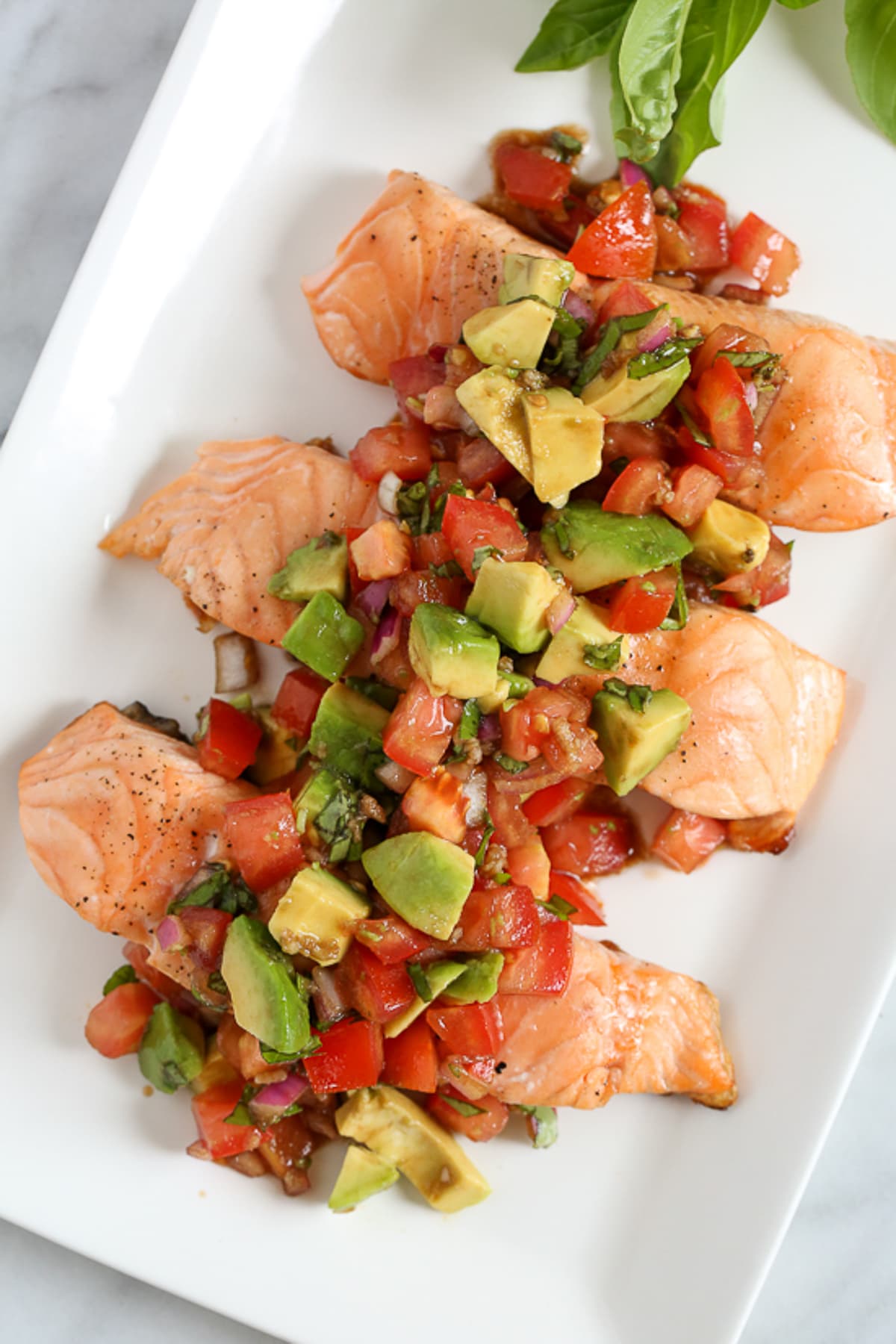[ad_1]

By KELLY CARROLL
There is a dire need to raise awareness about heart disease in women. It is the number one killer of American women, and key data points reveal a lack of cognizance among doctors and women.
An assessment of primary care physicians published in 2019 revealed that only 22% felt extremely well prepared to evaluate cardiovascular disease risks in female patients. A 2019 survey of American women showed that just 44% recognized heart disease as the number one cause of death in women. Ten years earlier, in 2009, the same survey found that 65% of American women recognized heart disease as the leading cause of female death, revealing an alarming decline in awareness.
Recent evidence suggests that many adults don’t know the important health numbers that can help identify heart disease risk factors, like their blood sugar and cholesterol. A 2024 survey of American adults conducted by The Ohio State University Wexner Medical Center found that only 35% of adults knew their blood pressure and 16% of adults knew their cholesterol levels. In comparison, the study reported that 58% knew their childhood friend’s birthday.
Heart Disease Risk Factors in Women
Women have specific risk factors for heart disease that don’t pertain to men. Nanette Wenger, M.D., a cardiologist and researcher, said in an American Heart Association (AHA) statement, “For most of the last century, heart disease was considered a problem for men, and women were believed to have cardioprotective benefits from female sex hormones such as estrogen. However, emerging evidence shows that there are a substantial number of heart disease risk factors that are specific to women or predominant in women.” Some gender-specific risk factors outlined by the AHA are early onset of menstruation, early menopause, autoimmune disease, anxiety, depression, and pregnancy complications.
Bethany Barone Gibbs, Ph.D., an associate professor at West Virginia University, emphasized in an email that pregnancy is a “critical window” for women’s cardiovascular health. She said, “The cardiovascular and metabolic challenge of pregnancy may unmask risk for conditions like hypertension and diabetes, but it is also possible (though not yet clear) that experiencing an adverse pregnancy outcome may independently contribute to the development of maternal cardiovascular disease.” A history of adverse pregnancy outcomes can be associated with more than two times the risk of cardiovascular disease later in life, she explained.
Filling in knowledge gaps regarding the connections between pregnancy and long-term cardiovascular health is important to improving outcomes.
One knowledge gap is effective strategies to reduce future cardiovascular disease risk among people who experience adverse pregnancy outcomes. “Though we know these individuals are at much higher risk for poor outcomes, evidence-based approaches that are tailored to the postpartum years (which often includes subsequent pregnancies) are lacking,” Gibbs said.
Gibbs is working to identify the optimal physical activity, sedentary behavior, and sleep patterns during the postpartum years that may reduce cardiovascular risk. “We are hopeful that we can identify which behaviors are most important for cardiovascular recovery following pregnancy and we can work with these populations to prioritize the most potent interventions to support heart health during the postpartum period,” she said.
Signs of Heart Disease in Women
Knowing the signs of heart disease in women is an important part of saving lives. Men and women both commonly experience chest pain during a heart attack, but women are more likely than men to have other symptoms unrelated to chest pain. These symptoms include shortness of breath, nausea, vomiting, perspiration, indigestion, atypical fatigue, faintness and pain in the torso, neck, jaw, shoulders and arms.
A February 2020 study reported that women under age 55 display different heart attack symptoms and a wider variety of symptom combinations than men. The study’s lead author, John Brush, Jr., M.D., said in an AHA statement, “As a physician, if you’re looking at a woman, you need to think more expansively. She might not have the prototypical combination of features of chest pain, radiating pain down the arm, shortness of breath and sweating, which are often the examples given in textbooks.”
It is also common for women to attribute their heart disease symptoms to another ailment, such as the flu, acid reflux or aging. Failure to recognize the symptoms of heart disease can cause women to delay seeking treatment. While chest pain is still the most common symptom of heart disease in both men and women, awareness of other heart disease symptoms can help women get treatment faster.
Heart Disease Prevention
Most heart disease cases are preventable. Wenger said in an AHA statement, “About 80-90% of cardiovascular disease is preventable. Implementing preventative strategies early could have a significant impact on reducing premature cardiovascular disease, stroke and related mortality for women.”
Lifestyle choices like maintaining a healthy diet and prioritizing physical activity can help prevent heart disease. Keeping a healthy weight and steering clear of tobacco products also support cardiovascular health. A person understanding her individual risks of heart disease and factors that may put her at higher risk, such as high blood pressure and diabetes, is also helpful. The AHA has outlined the top 8 factors for cardiovascular health, called Life’s Essential 8. They are: Eat Better, Be More Active, Quit Tobacco, Get Healthy Sleep, Manage Weight, Control Cholesterol, Manage Blood Sugar, and Manage Blood Pressure.
Efforts to Raise Awareness and Understanding
National efforts are being made to raise awareness of heart disease in women. The AHA hosts the Go Red for Women campaign to fight cardiovascular disease in women. Circulation published the eighth yearly Go Red for Women issue featuring new cardiovascular research in women in 2024. The National Heart, Lung and Blood Institute also hosts a cardiovascular health education program called The Heart Truth.
While these efforts are underway to improve heart disease outcomes for women, women need more. AHA laid out a constellation of strategies to improve women’s heart health in a May 2022 publication, and several deserve further emphasis here. To make progress, we need more and improved gender-specific cardiovascular disease training for healthcare providers. We need more collaboration between cardiologists, obstetricians-gynecologists, primary care physicians and other healthcare providers to improve the prevention and treatment of cardiovascular disease in women. We need more research on gender-specific cardiovascular disease to fill in knowledge gaps and improve prevention and treatment strategies.
We also need more awareness. Spreading awareness of the risk factors and symptoms of heart disease in women can help save lives. Campaigns can help spread this message, and men and women sharing this information with other men and women can also help. If we all know the risk factors and symptoms of heart disease in women, all our mothers, sisters, daughters, neighbors and friends will be better off.
More than 300,000 women in the U.S. died from heart disease in 2021. Let’s make sure that number is much lower in 2031 and beyond.
Kelly Carroll is a freelance health writer based in Kentucky. More at her site
[ad_2]









